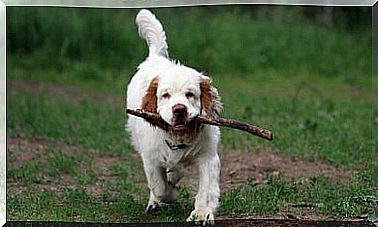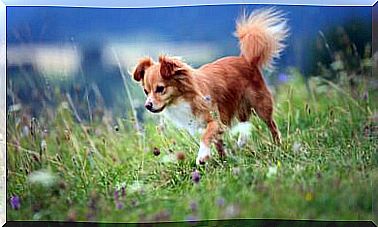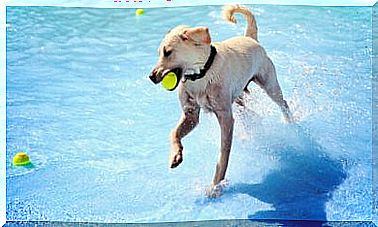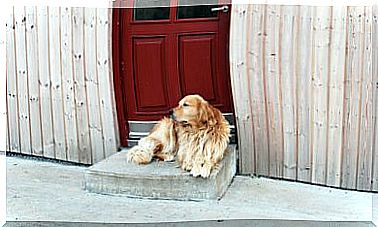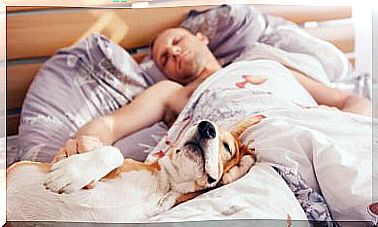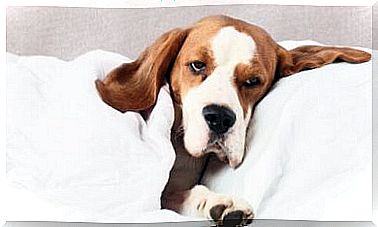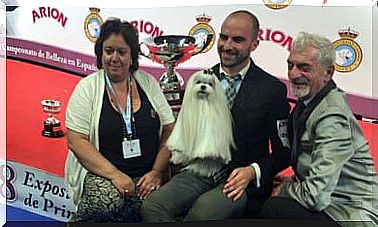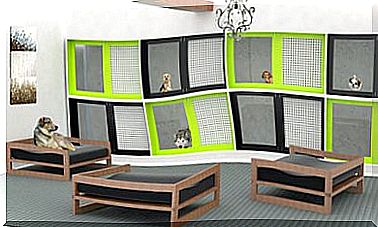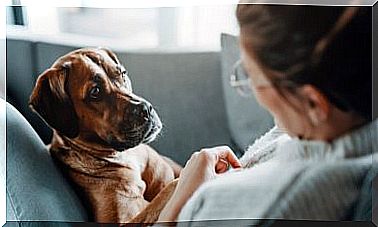Hairless Cat Breeds
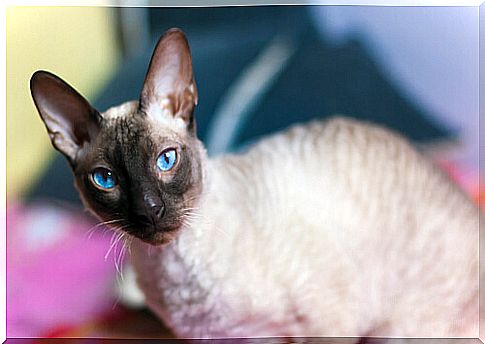
When we think of a cat, a soft, well-groomed furry automatically comes to mind. However, there are also hairless cat breeds that, although they are somewhat different from our vision, have several advantages … No more hairballs or brushing! Find out what they are in the following article.
What are hairless cats?
If you are looking for a pet that is very easy to maintain and does not require bathing, brushing or special products, we recommend these hairless cats:
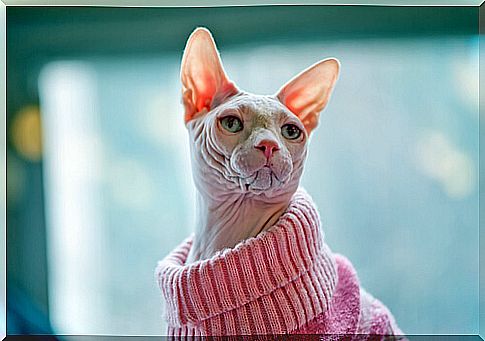
1. Sphynx
The sphinx cat is the best known among the hairless. Without a doubt, that is its most striking feature. However, it has a fine layer of hair that is almost imperceptible to the touch or sight. The gene responsible for this particularity is recessive, unlike other races, which with the same quality, is dominant.
We must bear in mind that furless cats are the product of a natural genetic mutation, and that the first specimens of Sphynx emerged in Canada in the 1960s. For many, having a specimen of this breed is synonymous with sophistication or snobbery.
As for the temperament, we must indicate that it is very peaceful, sweet, friendly, intelligent, and that it prefers quiet environments. It can be somewhat dependent on its owners and it likes warm environments.
2. Don Sphynx
Also called Donskoy or Don Sin Pelo in Spanish, it is a breed of cat that arose in the city of Rostov-on-Don, in Russia. Its origin is quite new: 1987 is the year of the first specimen with these characteristics and, despite its name, it is not related to the Sphynx, because its baldness has been caused by a dominant gene.
It is a medium-sized, muscular animal with large ears, webbed toes, and almond-shaped eyes. Despite the lack of hair, she needs regular baths to prevent her skin from becoming oily.
3. Peterbald
Another of the hairless cat breeds that comes from Russia. In this case, the city where it was born is Saint Petersburg (founded by Tsar Peter the Great). His name is a perfect combination between his origin (Peter: Pedro) and his condition (bald: bald).
The Peterbald is a medium-sized cat, with a well-balanced body, a triangle-shaped head, large, open ears at the base, almond-shaped eyes and high legs. The lack of hair can be total or partial (“brush” coat, as it is called). Like the Don Sphynx (its predecessor), the gene causing this peculiarity is the dominant gene.
The cats of this breed are usually peaceful, sweet, energetic, great companions, demanding and dependent on the owners. They get along well with other pets and with children. It belongs to group IV of the International Feline Federation.
4. Ukrainian Levkoy
The last of the hairless cats, and only one of its parents is known: the Sphynx. The other feline that could be its predecessor is the Scottish Fold. Why do you think that? Because of the shape and size of the ears: folded inwards (the other way around that of the Elf). Character, size and strength are also similar to Scottish. It is a sociable, faithful and very familiar cat.
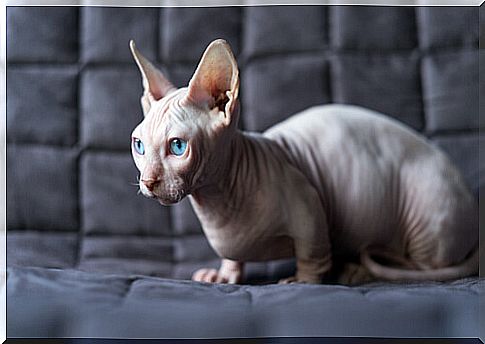
5. Bambino
This breed has been created after the cross between a Sphynx and a Munchkin. From the first it has inherited the lack of hair, and from the second the legs shorter than normal. It maintains the same gene as some dogs, such as the Basset Hound or the Dachshund, and a condition called Bassetism. This, however, does not prevent him from jumping or running like any other cat. He’s even quite mischievous and loves to climb and play.
6. Elf
It is very similar in appearance to the Sphynx, because it has been one of its “parents” together with the American Curl (from whom it inherited the characteristic bent ears). This hairless cat is quite recent, since the first specimens were born in 2009. It has not yet been declared an independent breed, but as a variety of the Sphinx. It is a very affectionate and companion animal.
